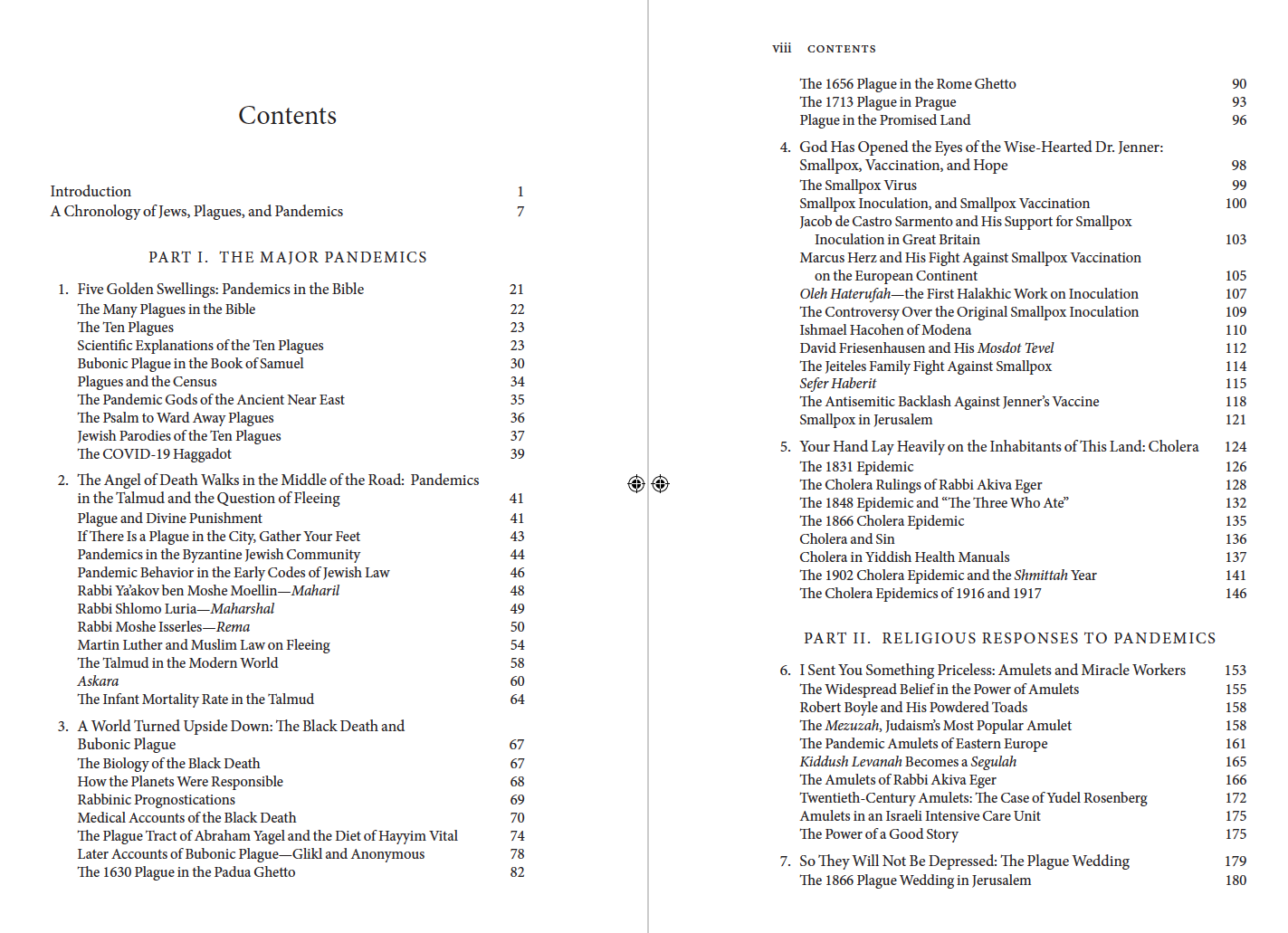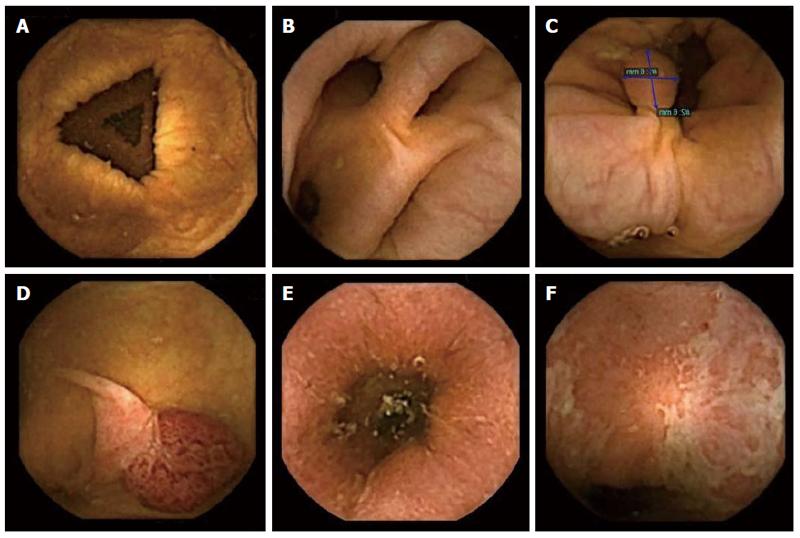נדרים סה, א
קונם לבית זה שאני נכנס שהכלב רע בתוכו או שהנחש בתוכו, אמרו לו מת הכלב או שנהרג הנחש הרי הן כנולד ואינו כנולד
If a person [takes a vow and] says : It is forbidden for me to enter this house because there is an evil dog inside, or a snake inside, and they said to him that the dog died, or that the snake was killed, these circumstances are like new developments [and so the vow is rendered void]. (Nedarim 65a)
JEWS AND DOGS
From this Mishnah in today's daf yomi, we learn a couple of things about dogs in the period of the Mishnah (that is, in Israel in the decades around 200CE). First, we learn that Jews, or those who interacted with Jews, kept them. And second, that some of them were very bad dogs. So bad, that you'd literally swear not to visit a house that housed one of these mutts.
Jews and dogs don't traditionally get along. In Bava Kamma 93a, Rabbi Eliezer does not mince his words: רבי אליעזר הגדול אומר: המגדל כלבים כמגדל חזירים .למאי נפקא מינה? למיקם עליה בארור
“Rabbi Eliezer the Great said: Someone who breeds dogs is like someone who breeds pigs. What is the practical outcome of this comparison? To teach that those who breed dogs are cursed...”
The American Veterinary Medical Association estimates that in the US there are about 43 million households that own almost 70 million dogs; that means over one-third of the households in the US own a dog. (Fun Fact: Cats are owned by fewer households in the US, but are more often owned in twos or more. That means that there are more household cats - some 74 million - than there are dogs.) In the UK, a 2007 study estimated that 31% of all households owned a dog. In Israel, over 10% of all families own a dog.
BAD DOGS
There are some really bad dogs. In a 10 year period from 2000-2009, one paper identified 256 dog-bite related fatalities in the US. Of course that's a tiny number compared to the overall number of dogs owned, but that's still 256 too many; the tragedy is compounded when you read that over half the victims were less than ten years old.
Partaken, GJ. et al. Co-occurrence of potentially preventable factors in 256 dog bite–related fatalities in the United States (2000–2009). Journal of the American Veterinary Medical Association 2013. 243:12: 1726-1736.
“Az a yid hot a hunt, iz oder der hunt keyn hunt nit, oder der yid iz keyn yid nit
If a Jew has a dog, either the dog is no dog, or the Jew is no Jew”
Fatalities from dog bites are rare. Dog bites are not. Over my career as an emergency physician I must have treated hundreds of patients with dog bites. And my experience is pretty typical. One recent study estimated that more than half the population in the US will be bitten by an animal at some time, and that dogs are responsible for 80-90% of these injuries.
GOOD DOGS
Although Jews are thought not to have a historical affinity for dogs, one theologian has reassessed the evidence. In his 2008 paper Attitudes toward Dogs in Ancient Israel: A Reassessment, Geoffrey Miller suggests that in fact dogs were not shunned in Israelite society. He notes that the remains of over a thousand dogs were discovered in a dog cemetery near Ashkelon dating from about the 5th century BC. It was described as "by far the largest animal cemetery known in the ancient world" by Lawrence Stager who also pointed out that during this period, Ashkelon was a Phoenician city - not a Jewish one. Miller surveys several mentions of dogs in the Bible and the Book of Tobit, and concludes that at least some Israelites "valued dogs and did not view them as vile, contemptible creatures." Joshua Schwartz from Bar-Ilan University surveyed Dogs in Jewish Society in the Second Temple Period and in the Time of the Mishnah and Talmud (a study that marked "...the culmination of several years of study of the subject of dogs..."). He found that while "most of the Jewish sources from the Second Temple period and the time of the Mishnah and Talmud continue to maintain the negative attitude toward dogs expressed in the Biblical tradition" there were some important exceptions. There were sheep dogs (Gen. Rabbah 73:11) and hunting dogs (Josephus, Antiquities 4.206) and guard dogs (Pesahim 113a), and yes, even pet dogs (Tobit, 6:2), though Schwartz concedes that "it is improbable that dogs in Jewish society were the objects of the same degree of affection as they received in the Graeco-Roman world or the Persian world."
“A certain person invited a sage to his home, and [the householder] sat his dog next to him. [The sage] asked him, ‘How did I merit this insult?’ [The house-holder] responded, ‘My master, I am repaying him for his goodness. Kidnappers came to the town, one of them came and wanted to take my wife, and the dog ate his testicles.”
Very Good Dogs
Whatever your feeling about dogs, lets's be sure to remember that they serve alongside soldiers in the IDF, where they save lives. In 1969, Motta Gur (yes, the same Mordechai "Motta" Gur who commanded the unit that liberated the Temple Mount in the Six Day War, and who uttered those immortal words "The Temple Mount is in our hands!" הר הבית בידינו,) wrote what was to become a series of children's books called Azit, the Canine Paratrooper (later turned into a popular feature film with the same title. And was once available on Netflix. But IDF dogs don't just feature in fiction. They are a fact, and an amazing addition to the IDF, where they make up the Oketz unit. Here's a news report (in Hebrew) about the amazing work these dogs - and their handlers - perform. These are very good dogs indeed.
[Mostly a repost from Ketuvot 41.]












